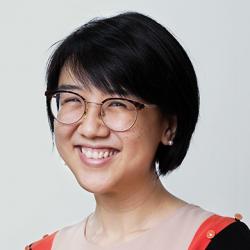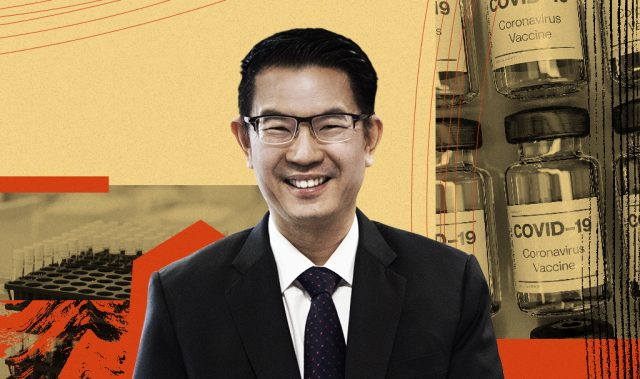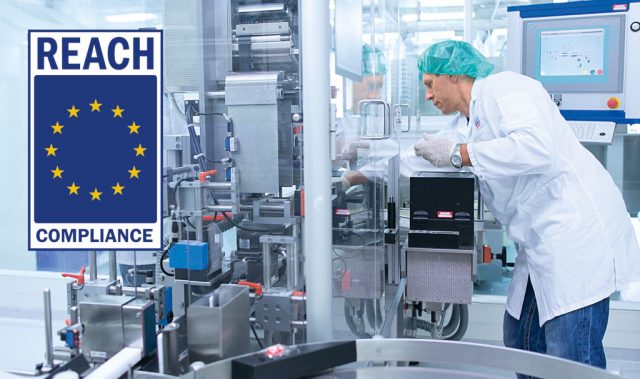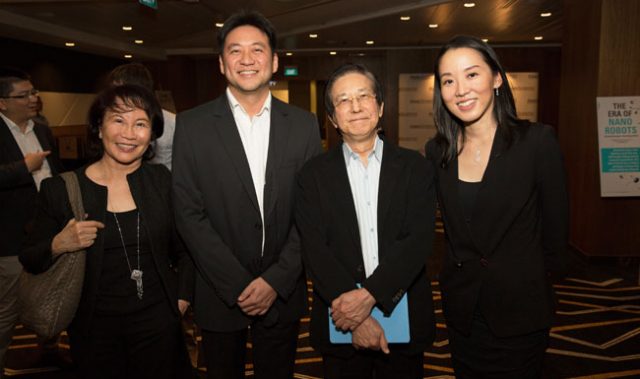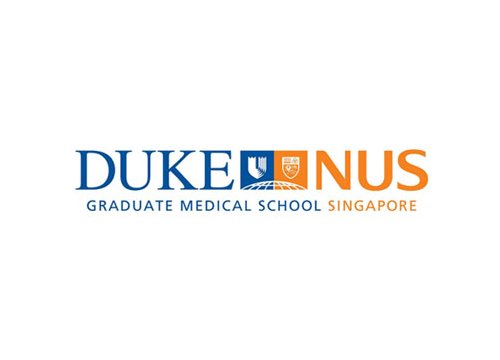
AsianScientist (Aug. 29, 2014) – Conferences and meetings are an invaluable means of transmitting the latest scientific and medical information. Even in today’s digital age, email and LinkedIn cannot replace face-to-face encounters, especially for doctors who commonly receive hands-on training at medical meetings. As research dollars and scientific talent flow towards Asia, the region is fast becoming an important and attractive place to hold healthcare meetings.
“The next decade is going to be Asia’s decade. The healthcare sector in developed markets is growing at two percent; in Asia, that figure is seven to eight percent. The total spending in healthcare is estimated at US$1.34 trillion across the region,” said Mr. Vaidheesh Annaswamy, vice president of corporate government affairs, Asia Pacific, at Johnson & Johnson.
Annaswamy was speaking at the inaugural Healthcare Meetings Forum Asia 2014, a unique gathering of healthcare providers, medical society organizers and representatives from pharmaceutical companies who set aside the day to discuss issues surrounding the organization of healthcare meetings in Asia. The sessions were held at Suntec Singapore Convention and Exhibition Center on August 1, 2014.
Sunshine the best disinfectant?
At the top of the agenda was the discussion of the Physician Payment Sunshine Act, which comes into effect next month in the United States. First adopted in March 2010, the Sunshine Act requires pharmaceutical and medical device companies to disclose payments made to healthcare professionals in an effort to improve transparency. The Sunshine Act, and similar legislation around the world, has arisen largely in response to the perceived excesses and influence of the pharmaceutical industry.
In the exuberant days of the late 1990s, when big pharma was flush with investment capital, conferences began to become something more than just a meeting of minds. Often backed by large multinational companies, organizers started to introduce luxury elements into conferences, holding them at exotic locations and providing lavish dining and entertainment options.
Today, conferences are much more modest affairs. On the one hand, self-governing organizations such as the Singapore Association of Pharmaceutical Industries (SAPI) have drafted codes which stipulate how conferences should be run. For instance, the SAPI code has specified that venues associated with gambling, gaming and entertainment are inappropriate for medical meetings. On the other hand, drug companies themselves also recognize the need for doctors to retain the trust of their patients.
“Put it this way: how would you feel as a patient if you walk into a clinic and you see that everything is sponsored by a drug company? You’re going to be worried, right? Our priority is to protect patients, to assure you that the doctor is giving you his best and acting in your interests, without being unduly influenced by the pharmaceutical company,” said Mr. Wong Chae Sing, compliance director, Asia, for the British pharmaceutical company, AstraZeneca.
Compliance: challenges and convergence
Noting that a breach of trust could also have serious financial repercussions, Wong feels that the way to encourage greater compliance would be to shift the focus from policing to positive compliance, emphasizing how compliance helps companies to safeguard their reputations and promotes patients’ access to much needed drugs.
“In the past, compliance officers liked to test people, seeing catching mistakes as a key performance indicator. However, catching people doesn’t solve the problem, because if you sack the person, a new person comes and does the same thing. Instead, compliance has a lot to do with your approach, educating people on how to make a process compliant,” Wong said.
Although an Asia-wide compliance code would help to simplify and standardize practices across the region, many felt that it was unlikely such a code would be implemented in the near future. The main reason for this is that Asia is an extremely diverse region, both in terms of the existing healthcare infrastructure and the capacity to enforce legislation, said Annaswamy.
“Over the years, I’ve observed the development of various health care policies in the region, and the biggest challenge is that the fundamental underpinning of an optimum healthcare system does not exist in many parts of the world. Critical pillars like regimented patient care, clinical care pathways or standard treatment protocol guidelines are not in place or strictly followed in some parts of this region. Even in a single country, some people get good healthcare while others don’t,” he said.
“Faced with these complex issues, it is more realistic to engage the respective countries on regulatory harmonization and health care codes of conduct in a concerted manner, recognizing their individual differences and similarities.”
Putting patients first
The reality is that it is difficult for medical societies to organize conferences without the support of the pharmaceutical and medical device industry. Rather than see compliance regulations as a necessary evil, conference organizers should remember that issues of compliance take a back seat to advancing scientific knowledge and ultimately, meeting the needs of patients, Annaswamy said.
“All these compliance measures should lead to improvement of mortality or morbidity outcomes, ultimately resulting in superior quality of life for the entire population,” he stressed.
A white paper summarizing the proceedings of the conference is available here.
Asian Scientist Magazine is a media partner of Suntec Singapore Convention & Exhibition Center.
——-
Copyright: Asian Scientist Magazine.
Disclaimer: This article does not necessarily reflect the views of AsianScientist or its staff.



